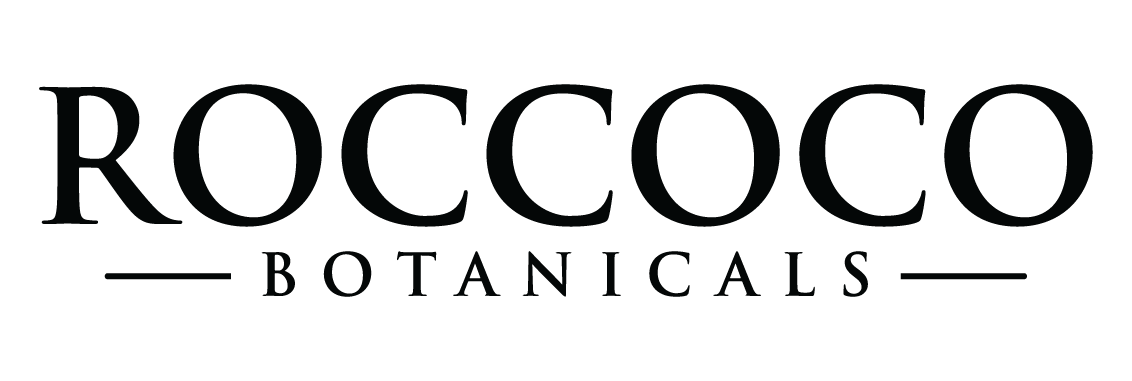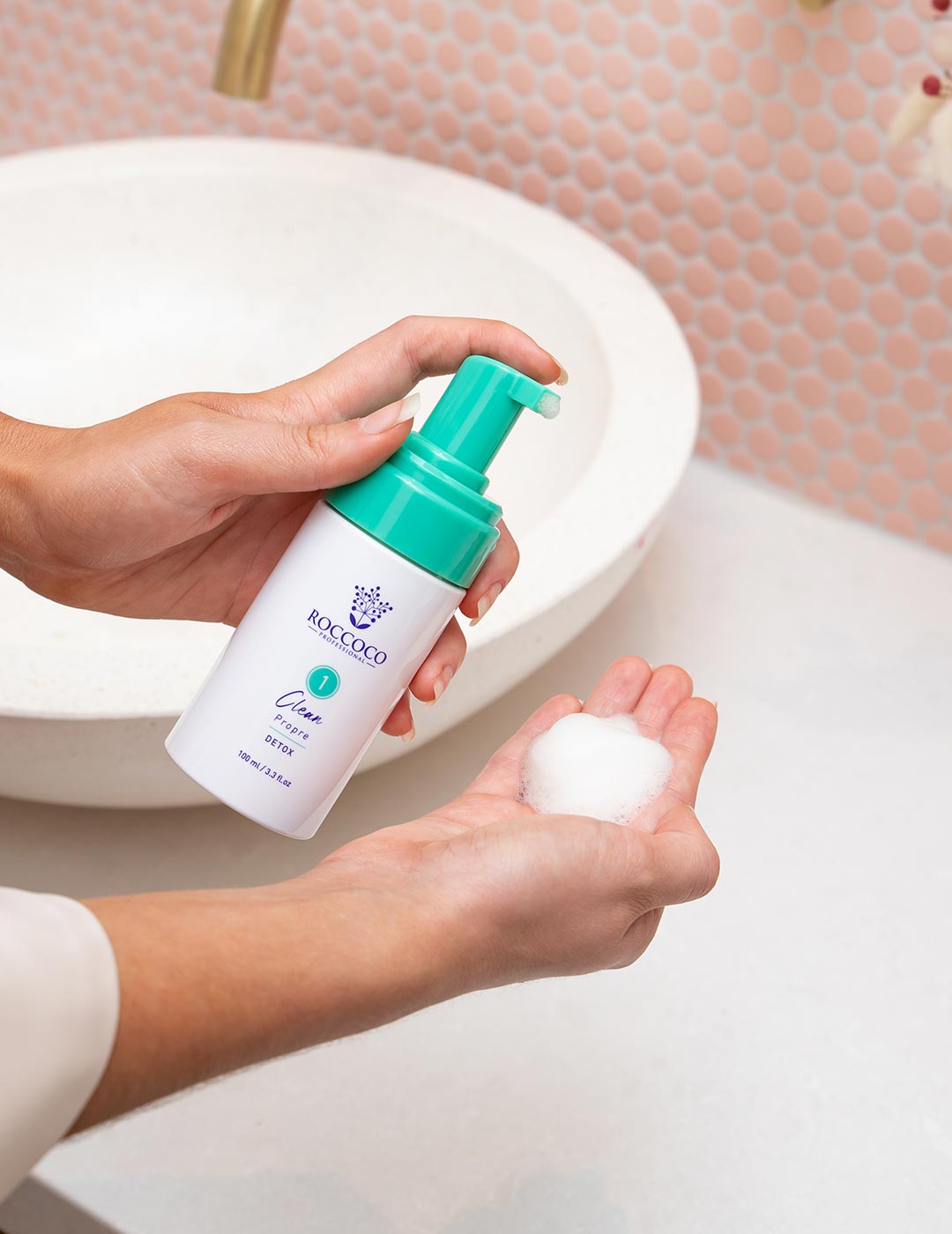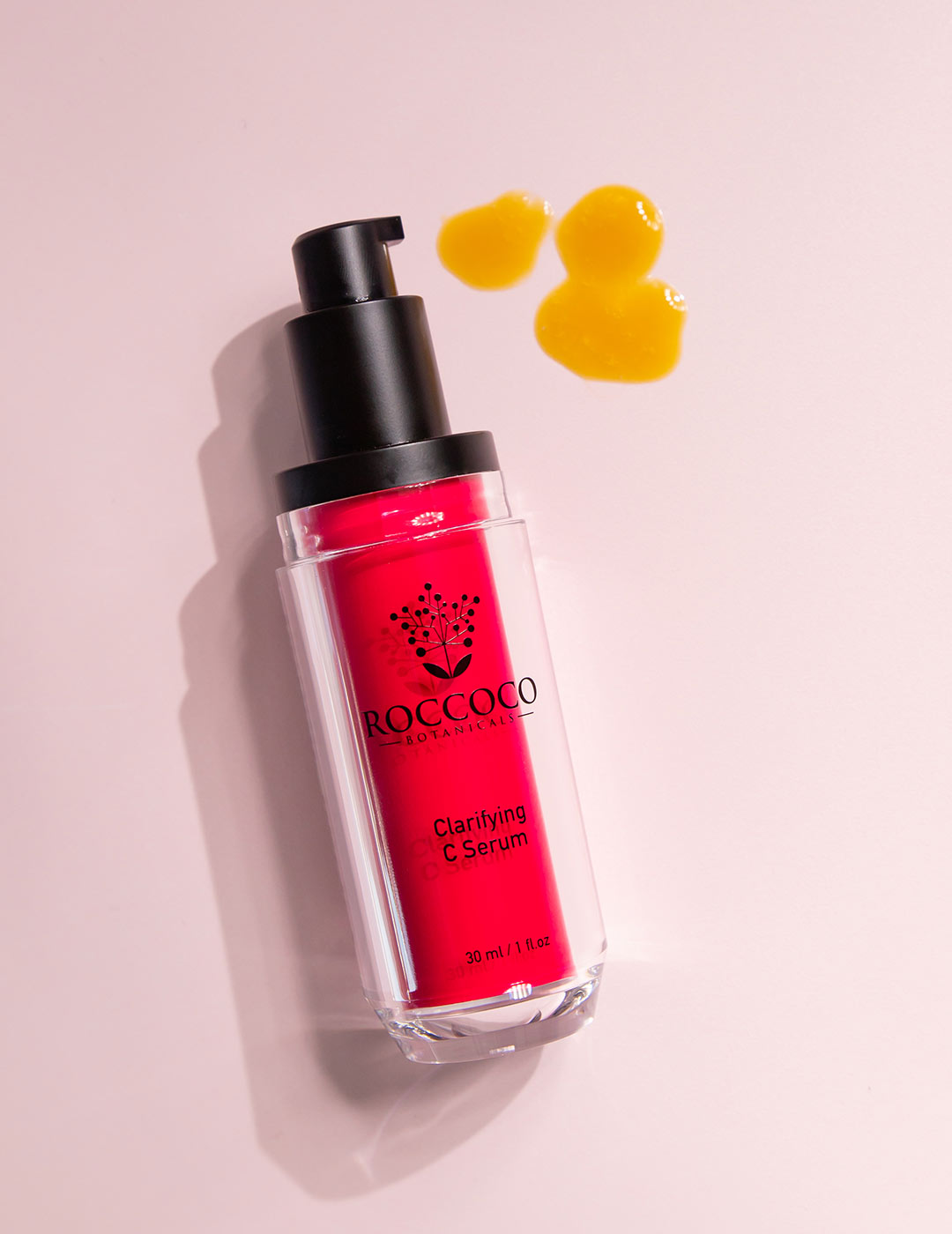The elephant in the room. Years ago, I raised a concern about low molecular weight hyaluronic acid. Nobody even knew about these differences before I raised it.
I found a study that showed that less than 20kDa was inflammatory. This is considered very low molecular weight (VLMW Hyaluronic Acid). What I didn't realise at the time is that it depends on the source. Hyaluronic acid can be derived from rooster combs, bovine tracheas, human umbilical cords and bacterial fermentation.
Rooster combs, bovine sources and human umbilical cords can be contaminated with endotoxins and proteins that incite inflammation. As a brand we only use bacterial ferments. There is a reason why. They are not contaminated with endotoxins and proteins that incite inflammation. Our hyaluronic acid is derived from Bacillus subtilis. Endotoxin-free Hyaluronic Acid has been synthesized by bacteria including Lactococcus lactis, Bacillus subtilis, Escherichiacoli and
Corynebacterium glutamicum.
As a brand we use the following:
Hydrolyzed Hyaluronic Acid
Hyaluronic Acid
Sodium Hyaluronate.

We use 3 different types as they each have different skin benefits. The safety report was literally just reviewed in March this year 2023.
And guess what.....
ALL are considered safe and non-irritating.
There is misinformation being spread in the industry. The misinformation is that LMW is inflammatory. Inflammation is a part of wound healing. Yes, LMW is upregulated in cancer formation and is found in higher levels. However, that doesn't correlate to topical application causing cancer.
That is junk science.
What this actually shows me is that estheticians don't understand wound healing at all. When you get injured, the body tries to establish healing as soon as possible to halt bleeding. To accomplish that, the platelets in the blood release large amounts of HMW-HA. This prompts fibrinogen to be laid down and an initial clot to form.
The HA also promotes the recruitment of neutrophils so they can remove damaged tissue. As a consequence, there are some inflammatory cytokines released, which are necessary for wound healing. This HMW Hyaluronic acid is then fragmented and broken into LMW Hyaluronic acid (yes, your body produces it naturally). The release of LMW Hyaluronic Acid triggers the binding of HA to CD44 receptors.
In the final stage of inflammation, the lymphocytes and macrophages migrate into the wound site where toll-like receptors (TLR2 and TLR4) interact with the LMW Hyaluronic Acid. The LMW Hyaluronic Acid together with fibronectin helps the fibroblast to deposit collagen in the wound that allows the wound to contract aka no gaping hole in your skin.

Whenever someone raises the misinformation of LMW-HA, they show me an in vitro study, aka petrie dish. Or even worse, it is some random study that is not a topical application to the skin at all. It refers to some other body part.
In the 3 years, this has been spread, there is not one person who can show me topical application causes inflammation.....
Why?
Because it doesn't. The opposite. It is barrier repairing.
Over the next few days, we will share studies on topical applications of hyaluronic acid of different weights and incredible wrinkle-reducing properties. And no, it isn't inflammation plumping out wrinkles. Another bogus statement that is unsubstantiated.
Long-term inflammation shows in the skin. The skin becomes red. You don't get less wrinkles from inflammation. You get more. The results below are with hydrolyzed hyaluronic acid combined with other ingredients. It is in our LRT cream. It is the best anti-aging cream out there.

For those who want the science read the conclusions. They examined every single HA on the market. They are all safe. READ THEM HERE
For more Free education and tips checkout our free Facebook group HERE
Read more

Achieving healthy, glowing skin is everyone's dream. But with so many skincare products and ingredients available in the market today, the skincare routine can be overwhelming. Acids have been incr...

As we journey through life, our skin goes through a lot of changes too. Women in their 30s, 40s, 50s, and beyond are in different stages of ageing, and each stage calls for specific skincare routin...



